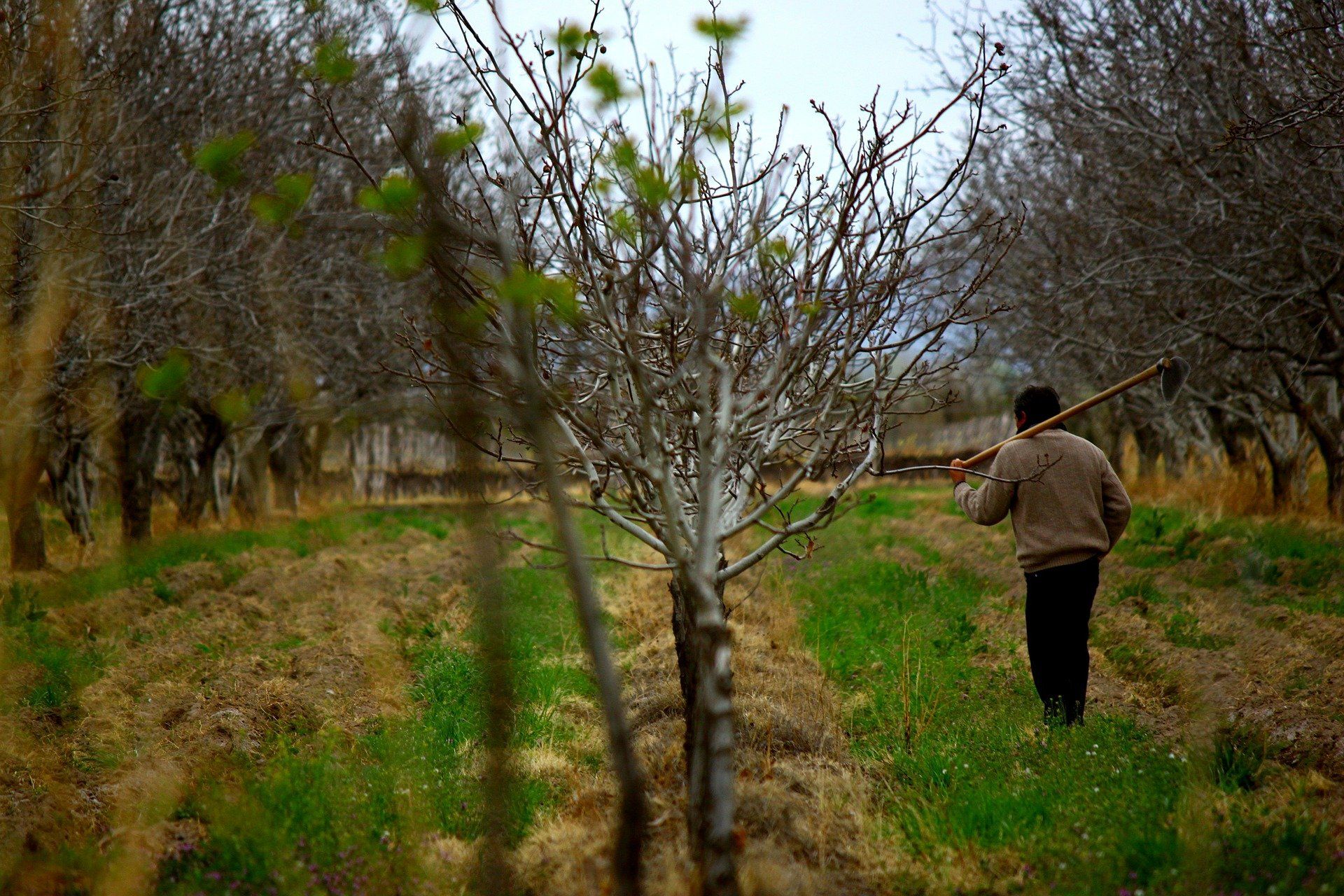1MG FlippingBooks
Rural labourers to dry up in Aus agricultural sector
Elizabeth Gracie

Australia’s $14.4bn horticulture sector will soon be faced with a severe labour shortage as a result of current COVID-19 travelling restrictions.
This will mean that farmers may not be able to pick their fresh fruit produce before it rots on trees and in paddocks across the country.
Traditionally, backpackers and seasonal workers from islands in the Pacific such as Tonga and Fiji have worked throughout the summer to pick the fruit and supply Australian supermarkets whilst on working holiday visas.
However, there is now a very tangible fear that these labourers will not be allowed into the country to work under current biosecurity laws, even if they undergo the mandatory 14-day hotel quarantine.
Australian National University (ANU) Academic Richard Curtain said that his research indicated that Federal authorities need to act now to allow more farmworkers in Australia to avoid a future labour crisis.
“The challenge for growers in Australian horticulture is to find sufficient labour for the months of September 2020 to January 2021 to harvest the fruit and vegetables they have produced, “ said Curtain.
Curtain said his research with the ANU Development Policy Centre showed that in the last year over 32,000 seasonal workers were granted second year visas after working for 88 days in Australia picking fruit.
His research suggests that there is now less than 8,000 seasonal workers across the country to fill an estimated 40,000 seasonal workers positions.
This would mean that Australia’s food supply chain may face serious disruptions if these roles aren’t filled.
Curtain said that this is both an industry issue and a food issue for Australia.
“The food supply chain….could be under threat if workers are not available when they’re needed”.
The Federal Government has shut down any chance of respite through the Seasonal Worker Programme which has been shut down until international borders reopen, which potentially may not occur well after the fruit picking season begins.
In the early days of the coronavirus-related lockdowns, some farmers noted an increase in worker applications from the cities, where work was less available.
NEWS

2025 marks 50 years since TR70 model launched in 1975. Since this time, New Holland has led industry innovation in combine technology with: The first self-leveling cleaning system on a rotary combine in 2002 Breaking the 8-hour wheat harvest world record in 2014 The latest CR10 and CR11 twin rotor combines entering production in 2025















